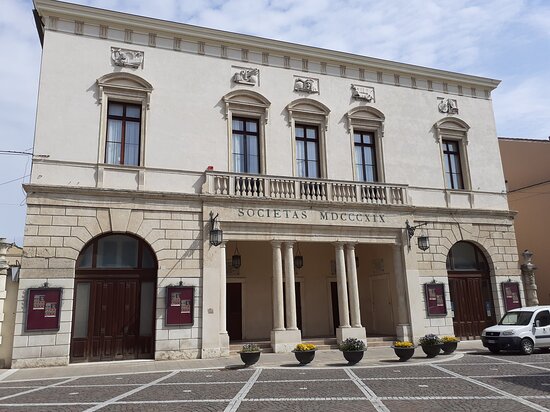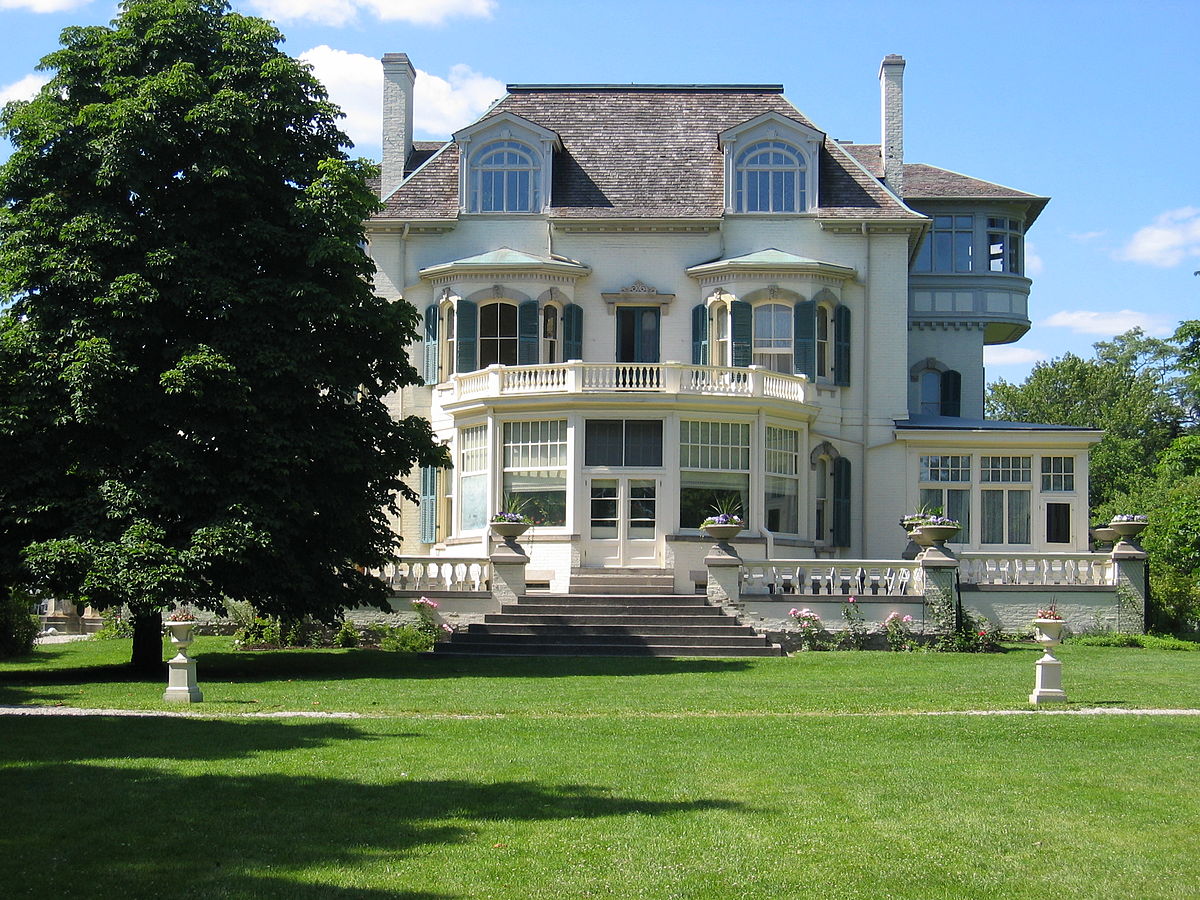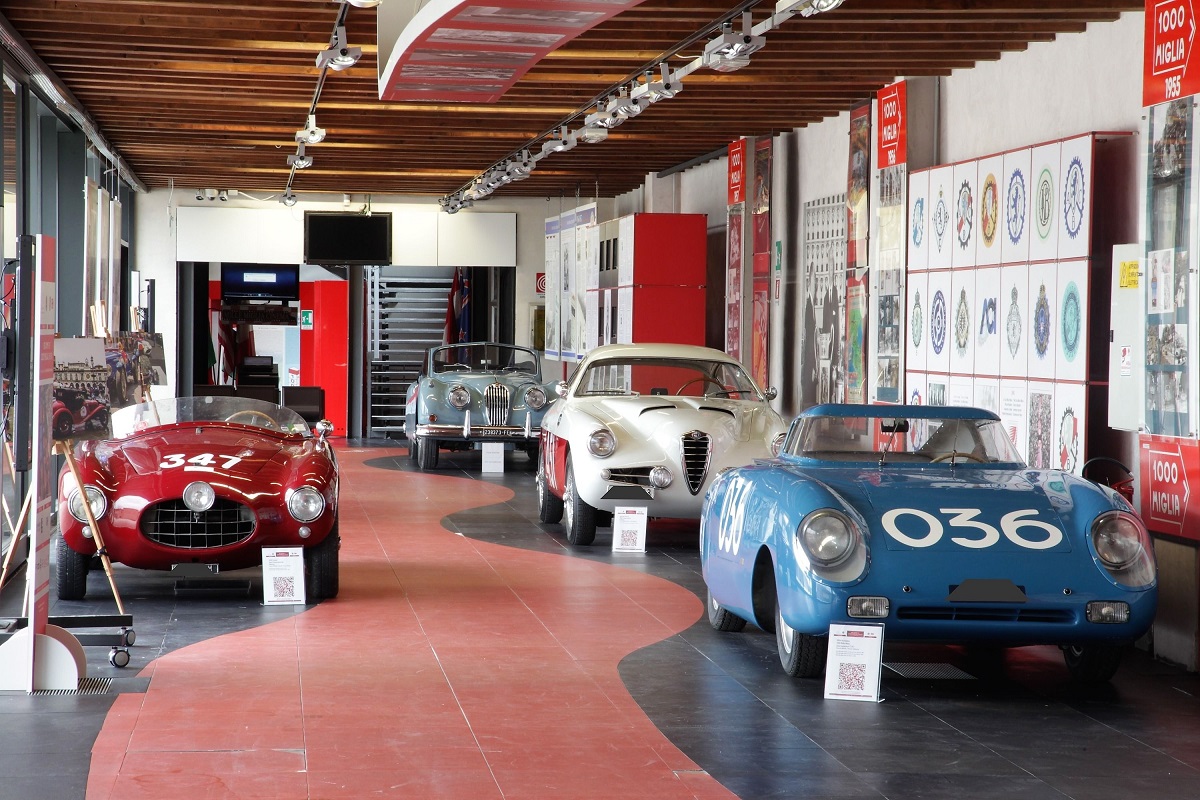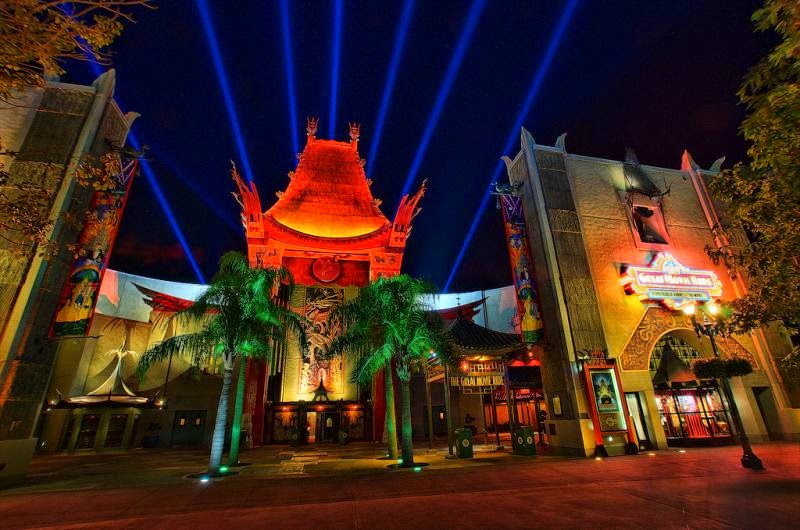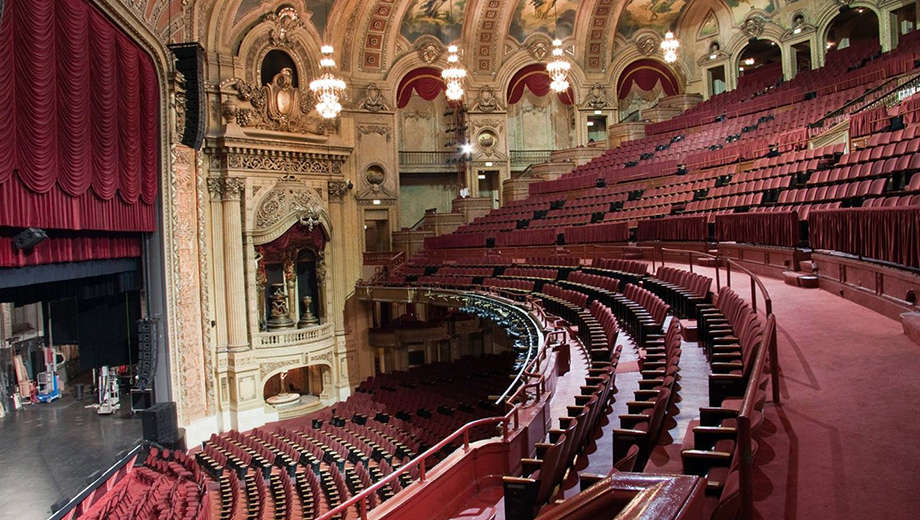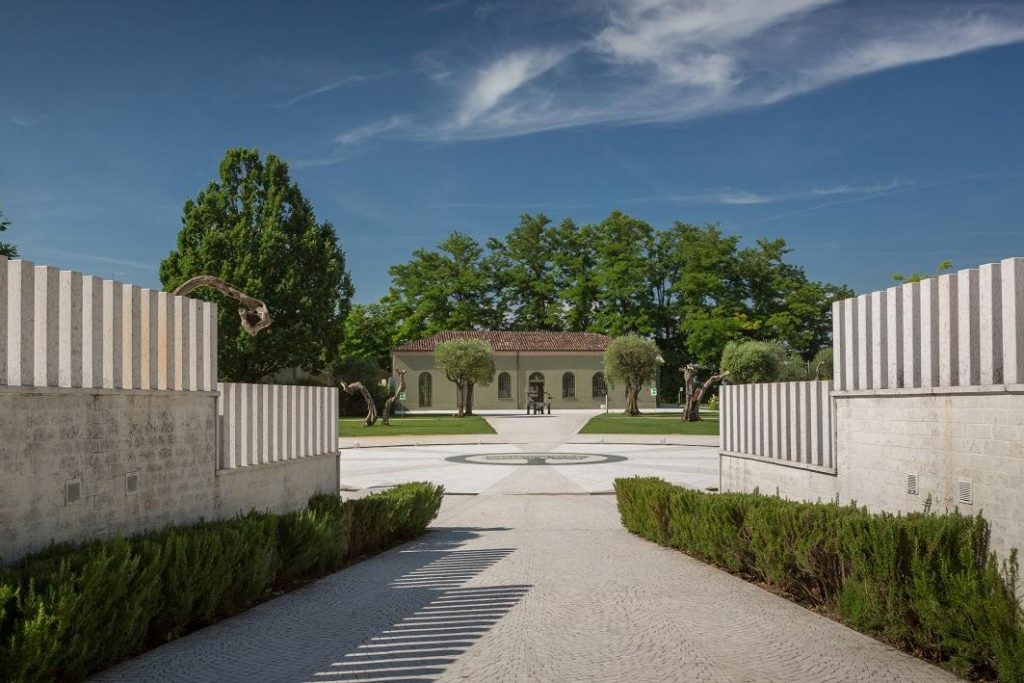The Teatro Sociale was built between 1817 and 1819, reflecting the belief of the time that melodrama was the genre of entertainment that deserved the highest consideration. At the time of the construction of the Social Theatre, Rovigo already had a tradition in this kind of show, more than secular. The first document of a melodrama staged in Rovigo dates back to 1683: the show was hosted in the hall of the Loggia dei Notai, since the first theatre in the city was built, on the initiative of Celio Campagnella, in 1694 in today’s Corso del Popolo. In spite of the relative scarcity of population and the objective scarcity of wealth, melodrama in Rovigo must have met with considerable favour, if three opera seasons a year soon became normal in the city, the most important of which was held in autumn, coinciding with the fair.
A few years after the Campagnella, a new theatre was inaugurated in the city. It was built at the behest of Count Marco Antonio Manfredini, based on an idea of the carpenter from Rovigo Bottari, and it was located along the current Via Mazzini, in front of the Palace of Justice. In 1788 the "Teatro Manfredini" was sold to the nobles Roncale, inheriting the name, who renovated and enlarged it. After more than a century of activity, now falling down, it was demolished in 1851.
Of more modest dimensions was the Teatro Zamatteo, built by the craftsmen-artists Antonio and Michele Zamatteo. Defined, at the time, a small masterpiece of art, was much admired by fans passing through town. The little theatre was the seat of a music school, used as a rehearsal room for the town band and, on occasion, used as a dance hall. Sold to the lawyer Guglielmo Levi, it took the name of his son Dante who transformed it into a cinema. It was demolished around 1940 to build the Odeon cinema.
The Lavezzo Theatre was built in the city in 1852, behind the Teatro Sociale, to host popular shows.
In 1816 the Theatre Society was established and turned to the engineer from Rovigo, Sante Baseggio, to build the new building which opened to the public on the evening of 3 March 1819 with "L’ombra di Fetonte" (The Shadow of Phaeton), the tribute of Rovigo’s gratitude to Campioni.
The official inauguration took place on 26th April 1819 with "Adelaide di Borgogna" by Pietro Generali. On the night between 21 and 22 January 1902 a fire almost completely destroyed the theatre, saving only the façade and the foyer. The theatre was rebuilt in two years. The project, provided by the Paduan engineer Daniele Donghi, maintained the front part of the previous building, which remained practically unscathed, with the beautiful neoclassical facade and the sumptuous foyer decorated with pleasant paintings. For the hall, the architect was one of the first to experiment with the use of reinforced concrete for such a special purpose; the result, from the point of view of acoustics, was undoubtedly a happy one.
Thanks to Giovanni Vianello’s decorations, the theatre in Rovigo was one of the first in the Veneto region to adopt the canons of the Art Nouveau style. The new theatre was inaugurated by Pietro Mascagni with "Iris" on 12th October 1904 and taken over in 1964 by the Municipal Administration, which manages it through the Culture Department.
The Teatro Sociale has been a traditional opera house since 1967.
Today it hosts opera, dance, prose, concert, jazz and numerous initiatives for young people.
